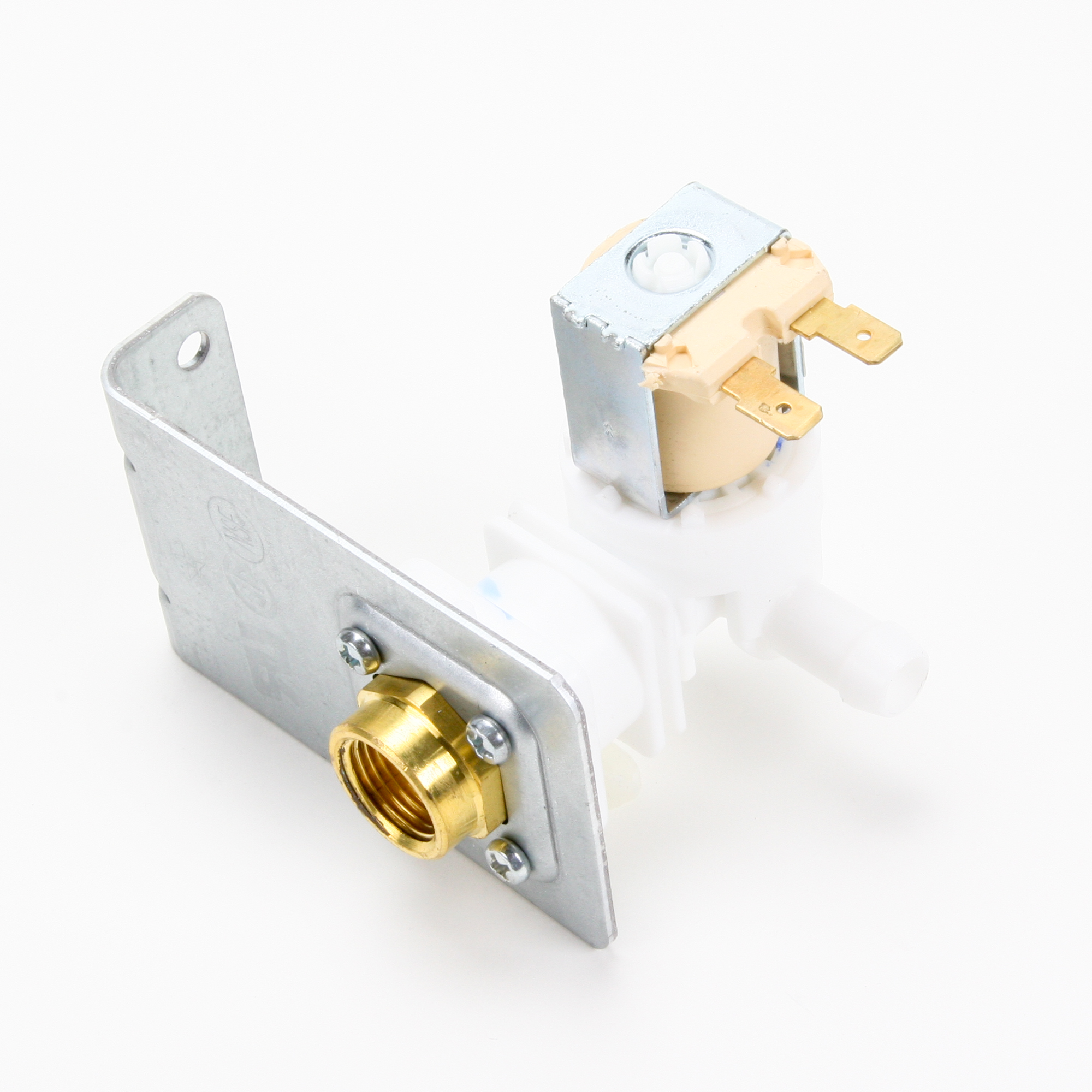
Defective drain pump – In addition to the drain pump motor bearings wearing out, the pump itself can become clogged with food debris.Here are the most likely culprits, and they can all be replaced with a minimum of fuss by a patient DIYer: Each noise is usually associated with a specific part that is malfunctioning in some way. So, there’s not much mystery behind the reasons your dishwasher is making such a racket. Top 5 dishwasher parts responsible for noisy operation A defective drain valve solenoid can get stuck in the open or closed position and will often emit a buzzing sound when failing. Some models without a separate drain pump will use a drain valve solenoid to open and close a flap to drain water through the drain hose or retain the water in the sump. A grinding or droning sound will, again, indicate a problem with the bearings in the motor, while a scraping sound could indicate the impeller is damaged or dislodged. During this drain cycle, you will hear a sucking sound as the water is pushed through the drain hose accompanied by the low hum of the drain pump motor. A scraping sound could indicate the pump’s impeller has become dislodged or has a broken fin.Īfter the completion of each wash cycle, the control sends voltage to the drain pump that uses an impeller to force the water through a drain hose to a garbage disposer or standpipe. A grinding or droning noise heard during a wash or rinse cycle could indicate the bearings in the circulation pump motor have failed or are in the process of failing. During this cycle, you may hear the slight hum of the circulation pump motor as well as the sound of water splashing against the dishware. Once the fill cycle has completed, the control sends voltage to the circulation pump motor which uses an impeller to force water through the dishwasher’s wash arms.

If the sound of water is accompanied by a loud buzzing, squealing, or whistling, the water inlet valve could be wearing out. As expected during this cycle, you should hear the sound of water pouring into the tub… and nothing else. This process will take anywhere from 90 seconds to two minutes and will usually allow around two gallons of water to fill the tub. Still, it’s a good idea to understand what kind of sounds to expect when the dishwasher is running properly, so you’ll be more attuned to that abnormal sound that could indicate a part failure.įollowing a short drain cycle to remove any water that may have been left in the dishwasher’s sump, the selected wash cycle begins when the control sends 120 volts of alternating current to the water inlet valve solenoid which opens the valve and allows the proper amount of water into the tub. Expectedly, the more higher-end models have better insulation, so they tend to run more quietly. Why is my dishwasher making a grinding noise?Īll the top manufacturers, such as Bosch, GE, Whirlpool, Frigidaire, Kenmore, LG, and Samsung, like to promote how quiet their dishwashers are when going through the fill, wash, or drain cycles.

Why is the dishwasher making such a nuisance of itself? Read on.

But if those noises are coming from your dishwasher, you’ve got more than an annoyance any of those sounds could indicate a problem with the appliance. Grinding, droning, buzzing, and whistling sounds are commonly heard in the kitchen provided someone is grinding coffee beans, using an electric can opener, or heating up water in a tea kettle.


 0 kommentar(er)
0 kommentar(er)
